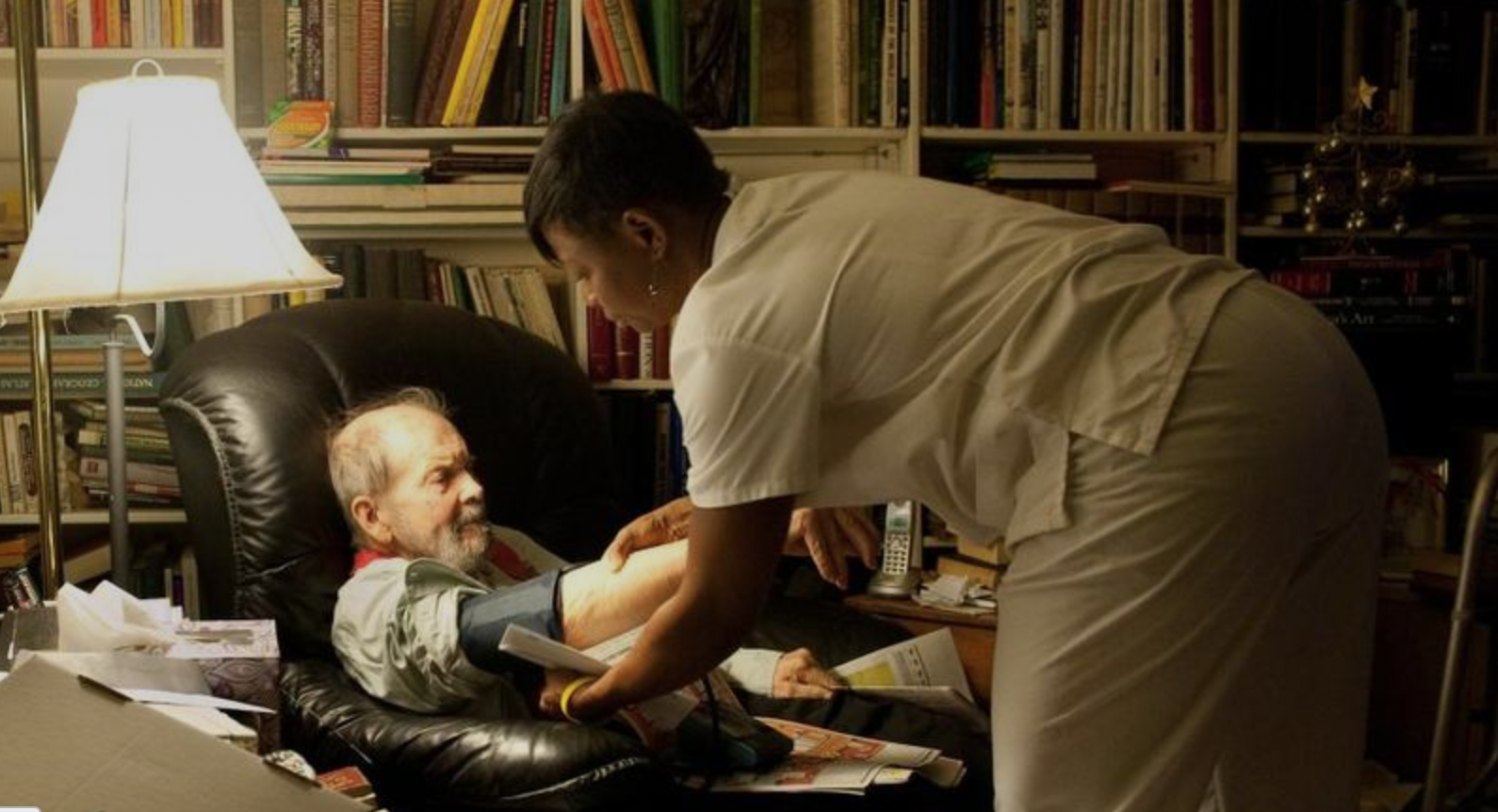We are proud to announce the launch of the CREATIVE CARE COUNCIL! LEARN MORE
We are proud to announce the launch of the CREATIVE CARE COUNCIL! LEARN MORE

This article originally appeared in US News & World Report. Read it there.
Every morning, two separate workforces, heading in opposite directions, cross paths. One, the larger and formal workforce of around 100 million women and men across the United States, leaves its homes for its workplaces – an office, a worksite, a studio. They are employees, freelancers and contractors that drive the American economy and house, feed and educate their families and children. The other, a smaller and more informal workforce of millions of mostly female immigrants, leaves its homes for the homes of the formal workforce, to care for their children, elderly and disabled loved ones with daily care needs. They are the caring workforce: domestic workers and home care-workers who perform work that is skillful, but not seen, and incredibly valuable, but undervalued.
The caring workforce is about 90 percent women, the majority are women of color and between 30 and 40 percent are immigrants. While the women’s movement has supported the entry of women into the workforce and secured basic reproductive rights for women, domestic workers still struggle to be recognized as real workers with rights and real choices about their health and families.
Women have been doing domestic work as long as work has existed – there was no single moment of “entry” into the workforce. And the legal “right to choose” enshrined in Roe v. Wade is hard to assert for a woman whose job provides neither the wages nor the health benefits to make real choices possible. Likewise, benefits and protections for workers, such as limits on hours and overtime pay, days off, health benefits and paid leave, have often explicitly excluded domestic workers. There’s no logical reason for this, except that domestic work has long been associated with women – specifically black and immigrant women – thereby placing it at the bottom rungs of the ladder of the U.S. economy.
The economic realities of domestic work illustrate a core contradiction: Those we rely on to care for the people we love aren’t paid enough to care for their own health and loved ones. The average income for a home care-worker is $17,000 a year. The median income for an elder care-worker in the U.S. is $13,000 a year. On those wages, a woman can barely afford to feed herself and provide for the basic needs of her family. The vast majority of employers offer no health care benefits, leaving domestic workers to fend for themselves on the private market, or, if eligible, enroll in Medicaid.
Without the ability to buy health coverage or the employer-sponsored benefits of other work forces, domestic workers have never had real access to health care. Meaningful gains were made under the Affordable Care Act, particularly with Medicaid expansion. But 19 states have failed to expand the program, leaving out millions of people who are too poor to afford private coverage but don’t qualify for public programs.
To make matters worse, Trump and Congress continue to try to reverse the gains of the Affordable Care Act and push policies that make it difficult to prevent unintended pregnancy or gain access to abortion, while also penalizing women for having children. For most women of reproductive age enrolled in Medicaid, the federal Hyde Amendment bans abortion coverage, forcing low-wage workers to pay for care out of pocket, or be forced to carry an unwanted pregnancy to term.
Trying to imagine paying out-of-pocket costs for any health care on poverty wages is next to impossible. The result is that many domestic workers spend their days caring for our families, and their wages caring for their families, with little time or resources left for their own health or well-being.
We need fair wages, decent working conditions and access to reproductive health care, including abortion, to help ensure that women and families can be healthy, economically secure and live with dignity.
There is a larger economic and moral landscape here too: When caregivers are denied economic security, it makes it hard for the families they support to be secure. The well-being of caregivers is deeply connected to every member of our society. Our grandparents, our children and, someday, each of us will need a strong and secure caring economy to live well as we age. The caring workforce will be critical to our future – and that means that domestic workers must be able to plan for their own futures as well.
Atul Gawande is a surgeon and writer who talks about how important it is, as people age, to ensure that they can continue to be the authors of their own stories – a powerful reminder for those of us caring for aging relatives and for our own future caregivers. Yet right now, domestic workers, and other women workers, are being denied the ability to author their own stories.
Let’s work for a future where each of us can live, love, build families and age on our own terms. Let’s work for a future where we show as much care for the caring workforce as they show to our loved ones every day.